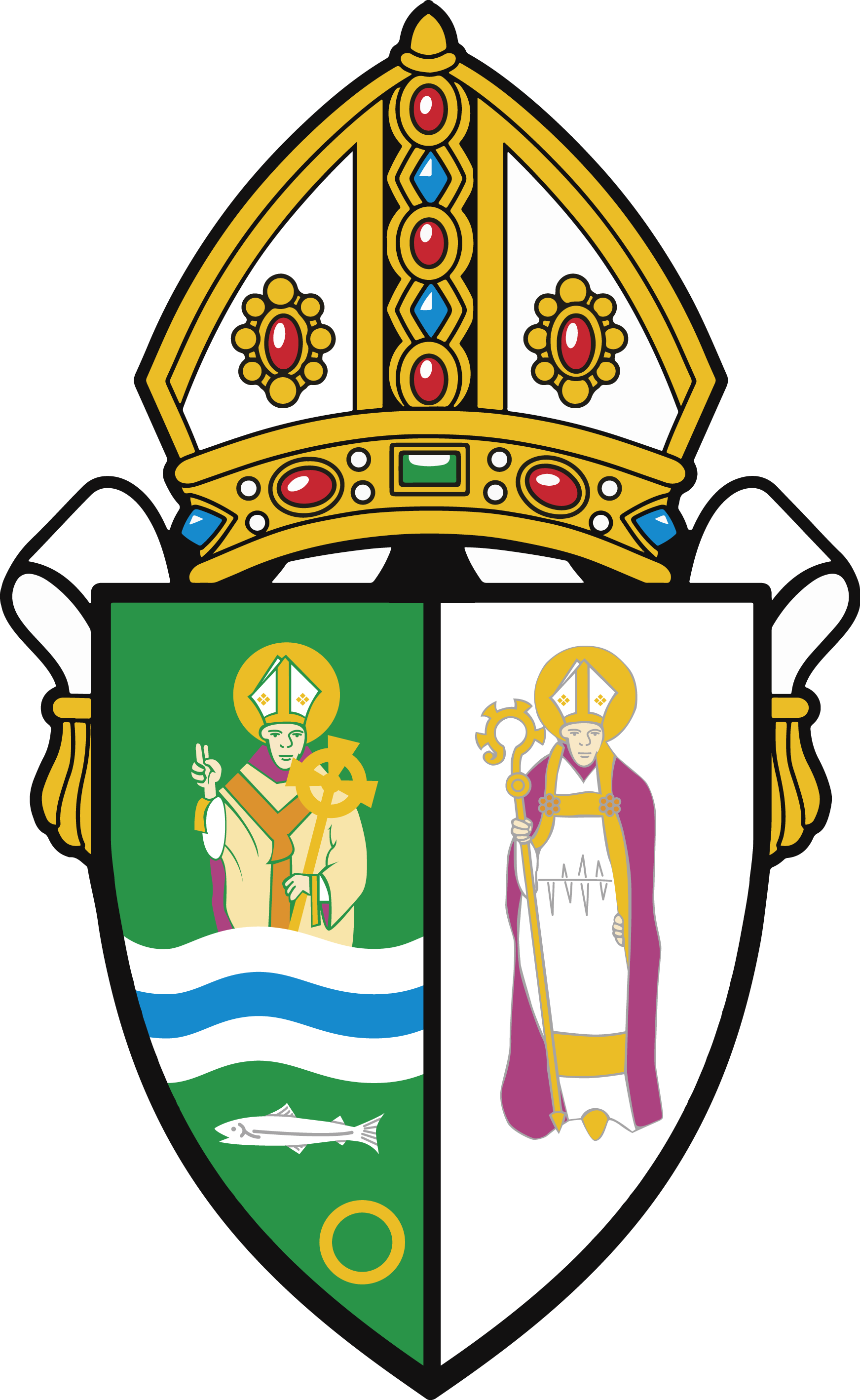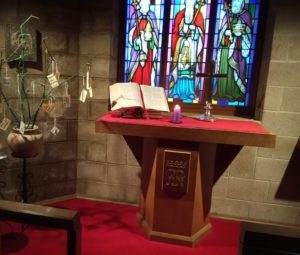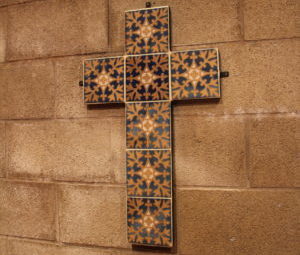Our story began in the early 1800s with Jane Catherine Shaw-Stewart, eldest daughter of Sir Michael Shaw-Stewart, 6th Baronet and Member of Parliament; Jane had gathered much admiration from her service with Florence Nightingale in Crimea. She paid for the building of the church, parsonage, schoolhouse and school-masters house, having inherited a considerable fortune from her late mother.
The school closed in 1887, not on any educational grounds but rather the Scottish Education Department refused a grant to keep it open maintaining that it was too noisy—being near the shipyards and Caledonian Railway line.
St Mary’s Church foundation stone was laid on 1st December 1855, the patrons being the Shaw-Stewart family and the Bishop of Glasgow and Galloway. It was consecrated on 25th March 1857—the Feast of the Annunciation of Mary.
As the town of Port Glasgow grew so did St Mary’s congregation—slowly at first. Still, by the early 1900s, its mission and spiritual vibrancy spread and the St Fillan Mission in Kilmacolm was placed under the pastoral charge of St Mary’s Rector.
The First World War affected St Mary’s just as it affected every community. St Mary’s lost a number of men, their names remembered today in the chancel as well as in the Marble and Alabaster High Altar. But the church community recovered and it started a mission at Bishopton in 1925.
The Great Depression of the 1920s cast a deep shadow on Port Glasgow. It was a sad town with high unemployment. The incumbent, the Rev Canon Patrick Walker stayed with his people, and wrote after the Great Depression lifted, “…to this day as I think back I am filled with pride to have been associated with them in such a tragic blow to their hopes and fortunes.”
Then WWII brought its trials; St Mary’s men and women served in the Armed Forces and Merchant Navy—some never returning. Their names too are remembered in the Chancel. Most of the congregation were engaged in the war effort in the shipyards and its associated industries. The church hall was used for the RAF Barrage Balloon Port HQ and later by the Army and Navy Commando Forces. In May 1941 the church was badly damaged by German bombs during an air raid where members of the Congregation were killed. For many years the roof of the Epiphany Chapel was supported by the mast of a ship!
The church though had grown, and its witness spread to the surrounding areas. So many were the children attending that the bowling pavilion at King George V’s Playing Field was used for the Sunday School overspill.
It had been a traumatic and challenging 30 years for St Mary’s and Port Glasgow. Nevertheless, the church continued to grow robustly. St Mary’s has served the community of Port Glasgow well until this present day. The original church building was demolished due to a compulsory purchase order to make way for the new A8 in the 1970s. Today, the new St Mary’s of modern distinctive design is adjacent to the Kilmacolm Road.
Its lively congregation of around 50 is as loyal, hard-working, and outward-looking as it always has been. Some things don’t change.
Miss Shaw-Stewart financed the stained glass throughout the church. Most of the windows, like much of the dedicated furniture and fittings, were taken to the new building in 1980. Sadly, some windows have been lost: viz., The Arch-Angel Gabriel, The Holy Innocents Window, the Angels’ Window, The East Window Triangle representing the Holy Trinity, the Seraphim and Cherubim, St Andrew Patron Saint of Scotland and Daniel.
The windows that may be seen today—all with modern 20th Century stained glass surround added, enabling the original glass to be contained in the Window spaces of the modern building – are: in the Chancel/Apse, Christ at the Last Supper holding the Chalice, the Virgin Mary, the Magi in the East-facing Epiphany Chapel; Joseph, Mary’s husband and John the Baptist in the North-facing window; all South-facing are Noah, Job, Isaiah and Enoch, Stephen, the first Christian Martyr, Joseph of Arimathea and the Apostles, Saints John and Peter. Finally, in the West-facing windows are Abraham, Moses, and David.
The windows in the first St Mary’s, Port Glasgow were redolent of the whole Bible—Hebrew Scriptures and New Testament. Per ancient tradition, all the New Testament figures were placed facing North – “the people who sit in darkness have seen a great light” – and the Hebrew Scriptures figures had their place in the South.



